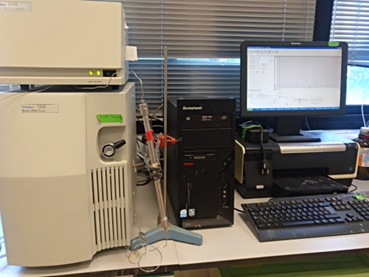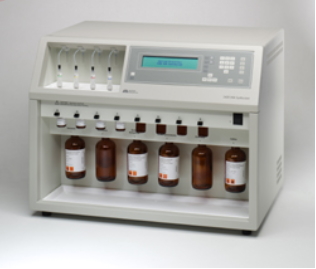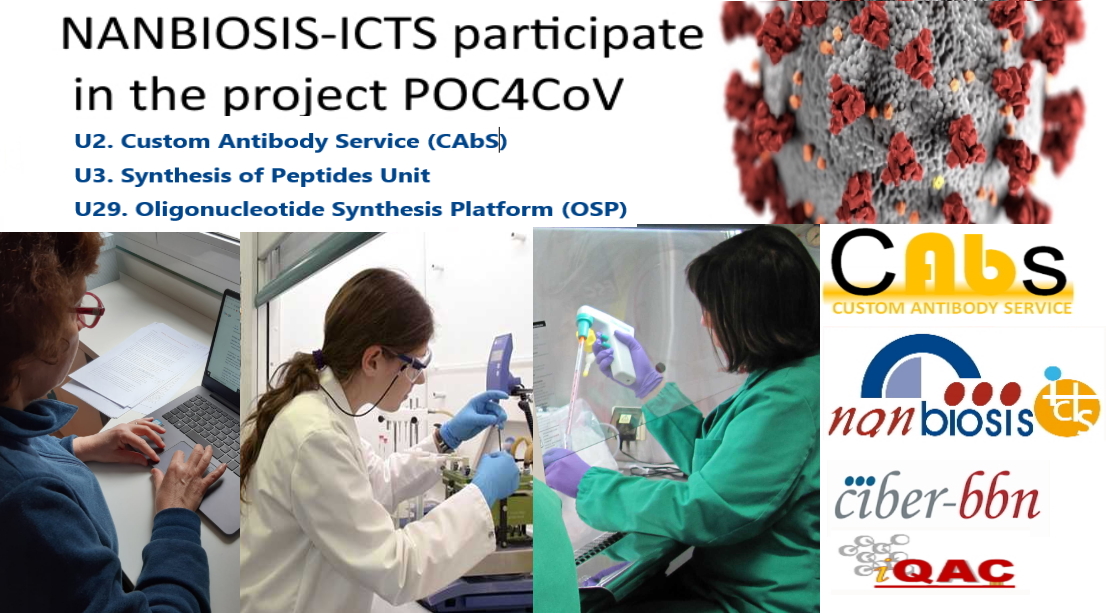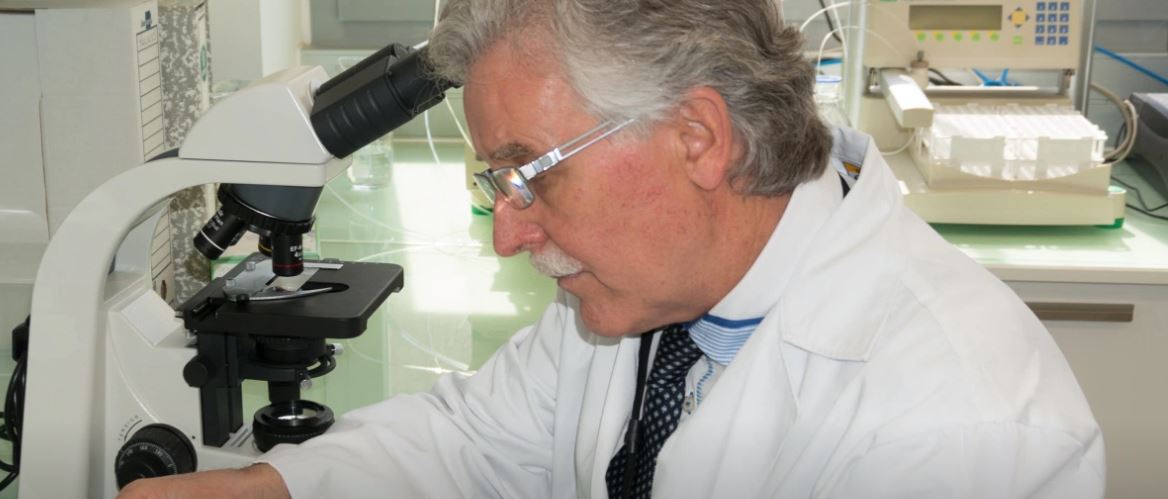U29-S03. Special nucleotides for oligonucleotide synthesis. (Remote) OUTSTANDING
Special nucleotides for oligonucleotide synthesis
This service is dedicated to the custom synthesis of modified nucleotides such as nucleoside monophosphates or triphosphates as well as special phosphoramidites or functionalized solid supports functionalized with small molecules resistant to ammonia deprotection for the preparation of oligonucleotide conjugates.
Special nucleotides for oligonucleotide synthesis
For those services identified as outstanding, at least 20% of their capacity is open under competitive access. See Annex 1 of ACCESS PROTOCOL (provided by Nanbiosis) for details on % of openness for each service
Customer benefits
The service benefits from the 40-years’ experience of the researchers participating in the service with hundreds of scientific communications on improving the methodology used for the synthesis of modified oligonucleotides. This includes a range of modified nucleotides and terminal modifications not available in other services. In addition, the service can develop customized solutions for molecules not covered in the bibliography.
Target customer
The primary audience are research groups and companies involved in gene therapy, gene silencing and the development of nucleic acid-based diagnostic tools.
References
1) “Oligonucleotides containing 1’-aminomethyl or 1’-mercaptomethyl-2’-deoxy-D-ribofuranoses: Synthesis, purification, characterization and conjugation with fluorophores and lipids”. Martín-Nieves, V. et al. Bioconjugate Chem, 32, 350-366 (2021).
2) “Efficient bioactive oligonucleotide-protein conjugation for cell-targeted cancer therapy”. Aviñó, A. et al. Chemistry Open, 8, 382-387 (2019).
3) “Thioctic acid derivatives as building blocks to incorporate DNA oligonucleotides onto gold nanoparticles”. Pérez-Rentero, S. et al. Molecules, 19, 10495-10523 (2014).












